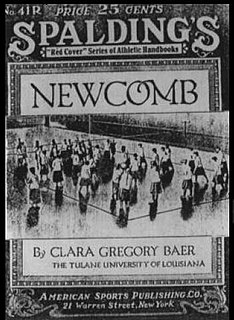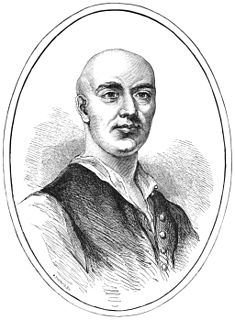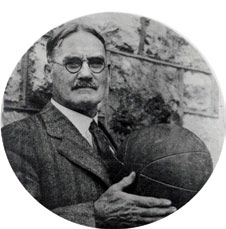 W
WClara Gregory Baer was an American physical education instructor and women's sports pioneer. Baer introduced the first teacher certification course for physical education in the Southern United States, and authored the first published rules of women's basketball. She also developed the sport of Newcomb ball and played a role in the early development of netball.
 W
WMartina Sofia Helena Bergman-Österberg was a Swedish-born physical education instructor and women's suffrage advocate who spent most of her working life in Britain. After studying gymnastics in Stockholm she moved to London, where she founded the first physical education instructor's college in England, to which she admitted women only. Bergman-Österberg pioneered teaching physical education as a full subject within the English school curriculum, with Swedish-style gymnastics at its core. She also advocated the wearing of gymslips by women playing sports, and played a pivotal role in the early development of netball. Bergman-Österberg was an advocate of women's emancipation, directly encouraging women to be active in sport and education, and also donating money to women's emancipation organisations in her native Sweden. Several of her students founded the Ling Association, which later became the Physical Education Association of the United Kingdom.
 W
WJohn "Jack" Broughton was an English bare-knuckle boxer. He was the first person to codify a set of rules to be used in such contests; prior to this the "rules" that existed were very loosely defined and tended to vary from contest to contest. His seven rules of how boxing would be conducted at his amphitheatre evolved later into the London Prize Ring rules which are widely regarded as the foundation stone of the sport that would become boxing, prior to the development of the Marquess of Queensberry rules in the 1860s.
 W
WKatherine Whitney Curtis, also spelled "Katharine" or "Kay" Curtis, is widely credited as the originator of synchronized swimming. While historical figures such as Esther Williams and Annette Kellermann are recognized for similar contributions, important historical details regarding the origin of the word "Synchronized Swimming," its reference to the Olympic sport, and the technical structure of that sport are all credited to Curtis.
 W
WCharles Latham Gaines, Jr. is an American writer and outdoorsman, notable for numerous works in both the fiction and non-fiction genres. His writing most typically concerns the outdoors sports of fishing in general and fly fishing in particular, as well as upland bird hunting and mountaineering, often with an intellectual and philosophical bent, and an eye towards the various cultures and traditions surrounding different forms of fishing around the world.
 W
WMirl Arthur "Red" McCarthy, was a Canadian sportsperson and founder and co-inventor of the sport of ringette.
 W
WWilliam George Morgan was the inventor of volleyball, originally called "Mintonette", a name derived from the game of badminton which he later agreed to change to better reflect the nature of the sport. He was born in Lockport, New York, U.S.A.
 W
WJames Naismith was a Canadian-American physical educator, physician, Christian chaplain, sports coach, and inventor of the game of basketball. After moving to the United States, he wrote the original basketball rule book and founded the University of Kansas basketball program. Naismith lived to see basketball adopted as an Olympic demonstration sport in 1904 and as an official event at the 1936 Summer Olympics in Berlin, as well as the birth of the National Invitation Tournament (1938) and the NCAA Tournament (1939).
 W
WJoel McFee Pritchard was an American Republican politician from Washington. He served in the U.S. House of Representatives and as the 14th Lieutenant Governor of Washington.
 W
WJohn Sholto Douglas, 9th Marquess of Queensberry, was a Scottish nobleman, remembered for his atheism, his outspoken views, his brutish manner, for lending his name to the "Queensberry Rules" that form the basis of modern boxing, and for his role in the downfall of the Irish author and playwright Oscar Wilde.
 W
WThomas Wentworth Wills was an Australian sportsman who is credited with being Australia's first cricketer of significance and a founder of Australian rules football. Born in the British penal colony of New South Wales to a wealthy family descended from convicts, Wills grew up in the bush on stations owned by his father, the squatter and politician Horatio Wills, in what is now the state of Victoria. As a child, he befriended local Aboriginal people, learning their language and customs. Aged 14, Wills went to England to attend Rugby School, where he became captain of its cricket team and played an early version of rugby football. After Rugby, Wills represented Cambridge University in the annual cricket match against Oxford, and played at first-class level for Kent and the Marylebone Cricket Club. An athletic bowling all-rounder with tactical nous, he was regarded as one of the finest young cricketers in England.
 W
WOlav Zipser is a highly accomplished, multiple-time world champion, trainer of multiple world champions, Sports Emmy Award-winning, pioneering skydiver.